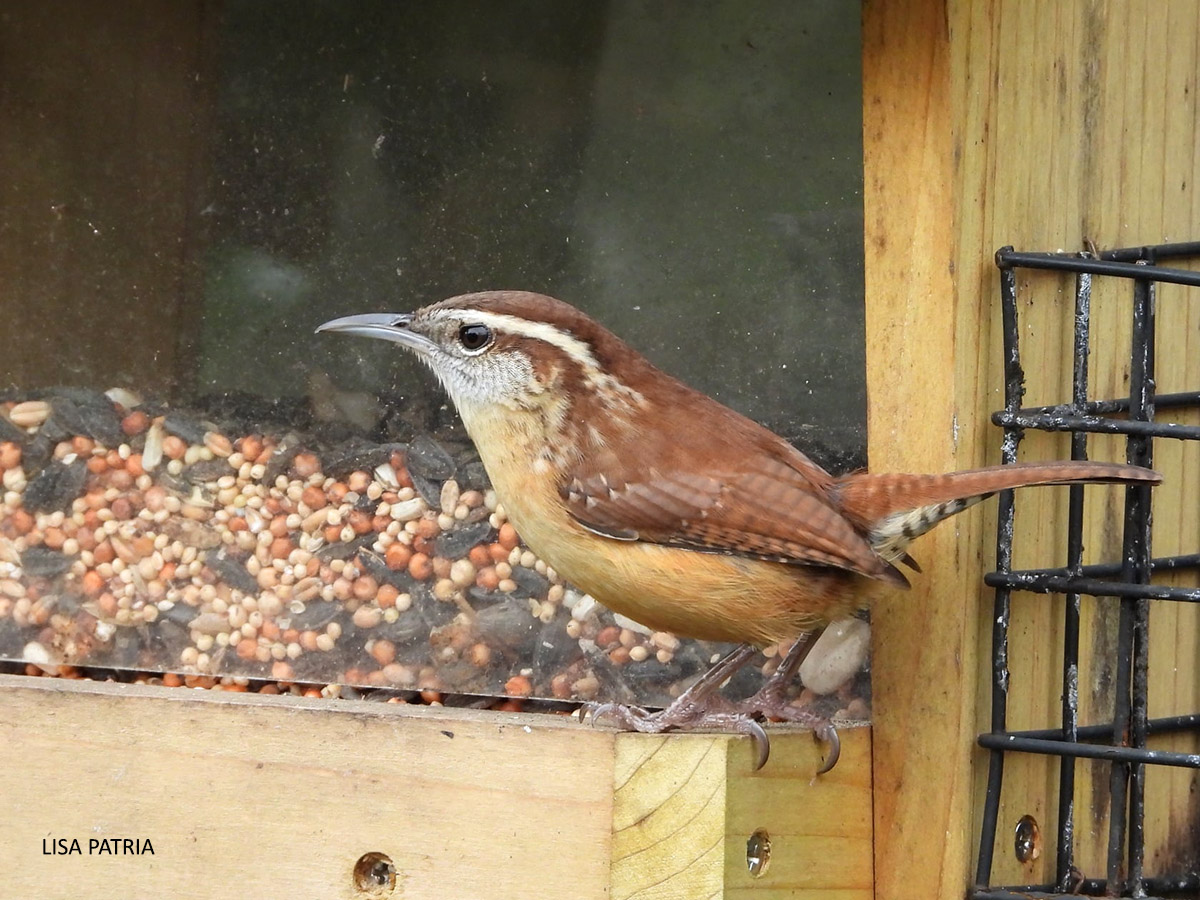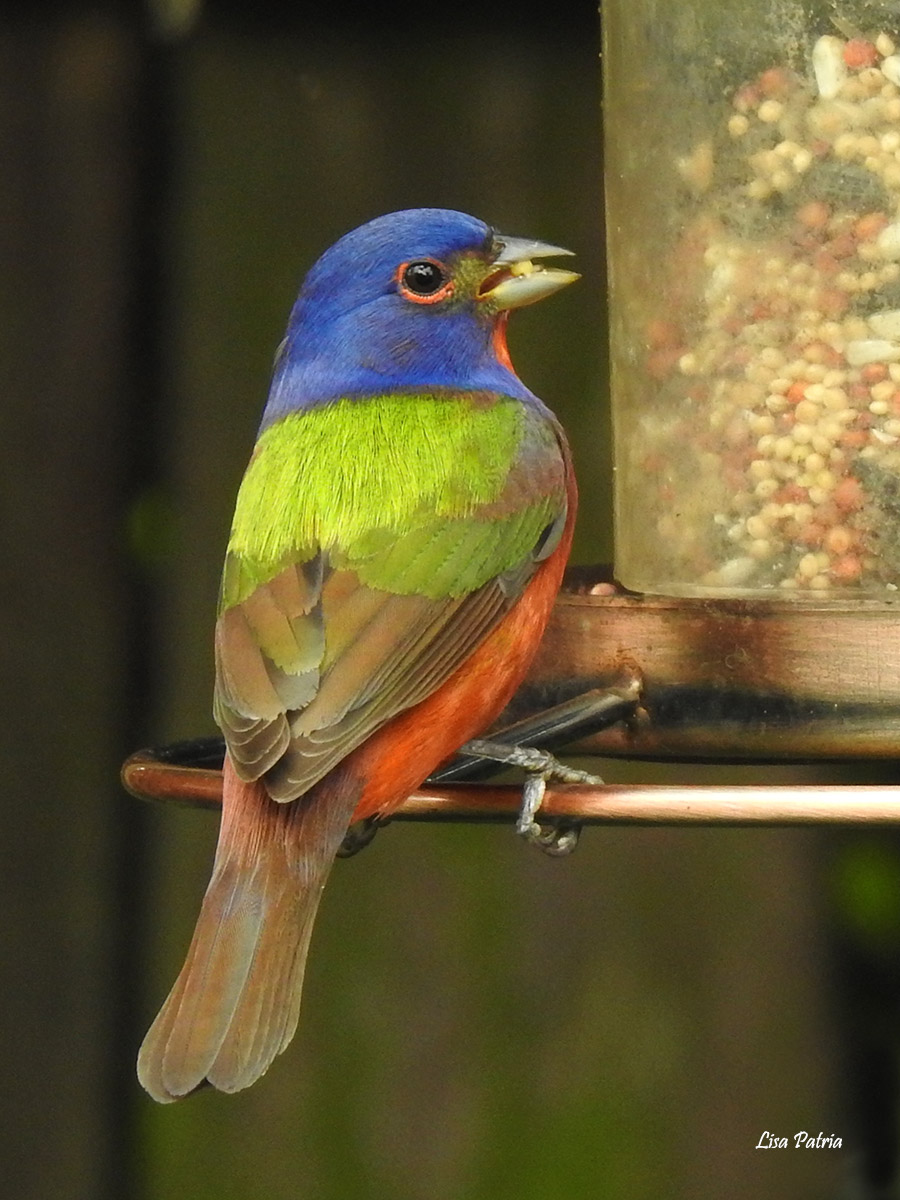Project FeederWatch Starts November 13th
 Do you have bird feeders in your landscape, or have a great habitat nearby that attracts birds? If so, you can participate in Project FeederWatch! FeederWatch is a November-April survey of birds that visit backyards, parks, and nature preserves, and by joining, you can be part of a huge community science project when you submit your FeederWatch sightings. Your counts allow you to track what’s happening with birds in your area and contribute to the scientific understanding of overall bird populations and movements across the continent during the winter months.
Do you have bird feeders in your landscape, or have a great habitat nearby that attracts birds? If so, you can participate in Project FeederWatch! FeederWatch is a November-April survey of birds that visit backyards, parks, and nature preserves, and by joining, you can be part of a huge community science project when you submit your FeederWatch sightings. Your counts allow you to track what’s happening with birds in your area and contribute to the scientific understanding of overall bird populations and movements across the continent during the winter months.
In fact, the more folks who participate in FeederWatch, the better! The information contributed by FeederWatch members gives scientists a far more accurate picture of bird abundance and distribution than any other method, so your contributions are important. You can count birds for as long as you like on days of your choosing, and then enter your counts online – FeederWatch makes it easy to participate.
Project FeederWatch celebrated its 30th anniversary in 2017, and the huge amount of data that has been collected and analyzed to date has allowed scientists to make several important discoveries. For example, Northern Cardinals have significantly expanded their range since data collection began, as increasing numbers of FeederWatch participants in Maine, Minnesota, Michigan, and even southeastern Canada have been reporting Northern Cardinals at their feeders, a sight that was previously very rare.
 In contrast, FeederWatch contributions from Florida showed that the wintering population of Painted Buntings has declined significantly since the 1980s, prompting the Florida Fish and Wildlife Conservation Commission (FWC) to begin a systematic monitoring program of bunting populations so they could learn how to protect them. According to FWC, “The painted bunting is one of the most rapidly declining songbirds in the eastern United States. Florida breeding and winter season surveys show an astounding 4-6 percent annual decrease in this species' numbers.” Project FeederWatch data directly contributes to conservation efforts for this fragile species..
In contrast, FeederWatch contributions from Florida showed that the wintering population of Painted Buntings has declined significantly since the 1980s, prompting the Florida Fish and Wildlife Conservation Commission (FWC) to begin a systematic monitoring program of bunting populations so they could learn how to protect them. According to FWC, “The painted bunting is one of the most rapidly declining songbirds in the eastern United States. Florida breeding and winter season surveys show an astounding 4-6 percent annual decrease in this species' numbers.” Project FeederWatch data directly contributes to conservation efforts for this fragile species..
Project FeederWatch is almost entirely supported by its members. An annual fee of less than $20 is all it takes to participate in this important initiative, so if you want your sightings this winter to help save the lives of birds, sign up today – the season starts November 13th!
~ Carol Bailey-White, President
